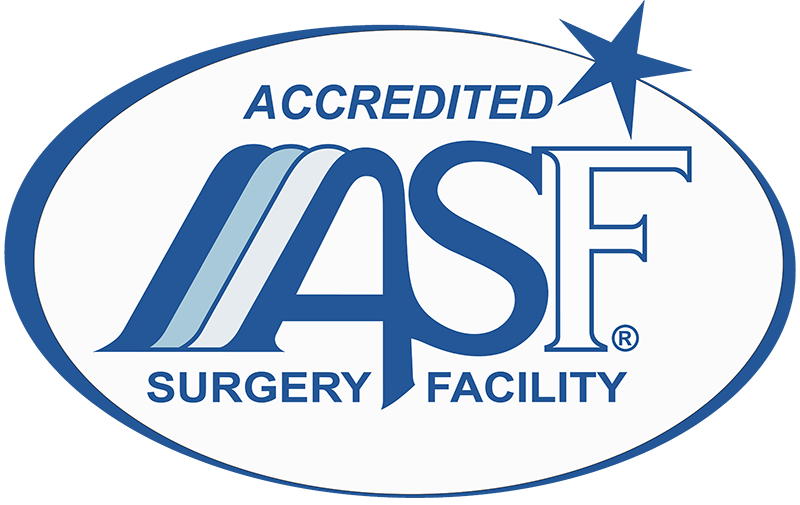Thoracic Aortic Aneurysm
An expansion, or ballooning, of a section of the aorta within your chest (thorax) that slowly degenerates. The aorta, the body’s main blood vessel, starts at your heart and extends all the way to your pelvis, where it branches toward your legs. The larger the aneurysm, the higher the risk it may rupture, leading to damage of the aortic wall and bleeding that could cause death.
A thoracic aortic aneurysm may also be called thoracic aneurysm and aortic dissection (TAAD) because an aneurysm can lead to a tear in the artery wall (dissection) that can cause life-threatening bleeding. Small and slow-growing thoracic aortic aneurysms may not ever rupture, but large, fast-growing aneurysms may rupture.
OCCURRENCE
Thoracic aortic aneurysms are rare, occurring in approximately 6-10 per every 100,000 people. About 20% of those cases are linked to family history. Your risk is higher if you have certain genetic syndromes (see “Causes” below), as you age, if you smoke and if you have high blood pressure.
MAY REQUIRE SURGERY
Surgery is offered when the risk of rupture is greater than the risk of the operation. The procedure is called open thoracic aortic aneurysm repair or TAA.
Sometimes misnamed a thoracic aortic dissection, which represents a different process that causes a tear in the wall of the aorta. This can be caused by an aneurysm or can occur spontaneously and develop into an aneurysm.
Diagnosis
Thoracic aortic aneurysms are frequently identified incidentally, when you are tested for other reasons.
In some instances, a thoracic aortic aneurysm can be detected on a routine X-ray. Advanced imaging tests such as a computed tomography (CT) scan or magnetic resonance imaging (MRI) provide more information.
Signs and symptoms that your thoracic aortic aneurysm has burst include:
● Sudden, intense and persistent chest or back pain
● Pain that radiates to your back
● Trouble breathing
● Low blood pressure
● Loss of consciousness
● Shortness of breath
● Trouble swallowing
● Weakness or paralysis of one side of the body, difficulty speaking, or other signs of stroke
Treatments
The size of the aneurysm, presence and severity of symptoms, and the risk of surgery help determine the treatment approach.
REGULAR MONITORING is standard treatment for smaller aneurysms that do not require surgery. Plan on visiting your vascular surgeon regularly—usually once a year or every 6 months, depending on the size of the aneurysm—for a computed tomography (CT) scan or MRI to check the status and growth of the aneurysm.
CONVENTIONAL SURGERY, a procedure called open thoracic aortic aneurysm repair or TAA, is done under a general anesthetic.
ENDOVASCULAR TREATMENT is sometimes used and represents a less invasive approach. Thoracic aortic endograft repair (TEVAR) treats the aneurysm with a small device placed inside the aorta through a small incision or through puncture in the groin.
Symptoms
MAY BE ABSENT-ANEURYSM IDENTIFIED INCIDENTALLY
Thoracic aortic aneurysms tend to develop and expand slowly over time. In most cases, these aneurysms rarely cause any symptoms, and are discovered when you are tested for other reasons.
HOARSENESS OR DIFFICULTY SWALLOWING
Though rare, if a thoracic aortic aneurysm grows large enough, it can compress nearby structures. For example, your voice may become hoarse or you may have difficulty swallowing.
CHEST PAIN and BACK PAIN
In rare cases thoracic aortic aneurysms cause pain, usually a tearing or sharp, severe pain between the shoulder blades. Pain tends to occur when an aneurysm grows quickly or ruptures, or if the aorta wall develops a tear.
Causes
Factors that can contribute to an aneurysm’s development include:
● Hardening of the arteries (atherosclerosis). High blood pressure and high cholesterol are risk factors for hardening of the arteries. This is more common in older people.
● Genetic conditions. Aortic aneurysms in younger people often have a genetic cause e.g. Marfan syndrome, a genetic condition that affects the connective tissue in the body.
Besides Marfan syndrome, Ehlers-Danlos, Loeys-Dietz and Turner syndromes, and other family-related disorders can cause an aortic aneurysm. Ehlers-Danlos syndrome causes your skin, joints and connective tissue to be fragile and makes your skin stretch easily.
● Other medical conditions. Inflammatory conditions, such as giant cell arteritis and Takayasu arteritis, may cause thoracic aortic aneurysms.
● Problems with your heart’s aortic valve. A bicuspid aortic valve, meaning the aortic valve has only two cusps instead of three.
● Untreated infection. Though it is a rare cause of thoracic aortic aneurysm, it’s possible to develop this condition if you’ve had an untreated infection, such as syphilis or salmonella.
● Traumatic injury. Rarely, some people who are injured in falls or motor vehicle crashes develop thoracic aortic aneurysms.
● Run in Families, thoracic aortic aneurysms run in some families for no apparent reason; this represents about 20% of all cases.
Prevention
Prevention is key to reducing the risk of atherosclerosis-related disease, primarily through lifestyle and dietary modifications that will improve your overall health.
● Stop smoking—ask your vascular surgeon to help you find a smoking cessation program that will work for you
● Improve nutrition through a balanced diet with reduced salt and fat
● Control blood pressure and sugar and cholesterol in the blood
● Maintain a healthy weight
● Manage stress
● Increase physical activity
If aneurysms run in your family, get a screening evaluation to see if you are affected.
Keep a close watch on blood pressure; if needed, get help to control it.


